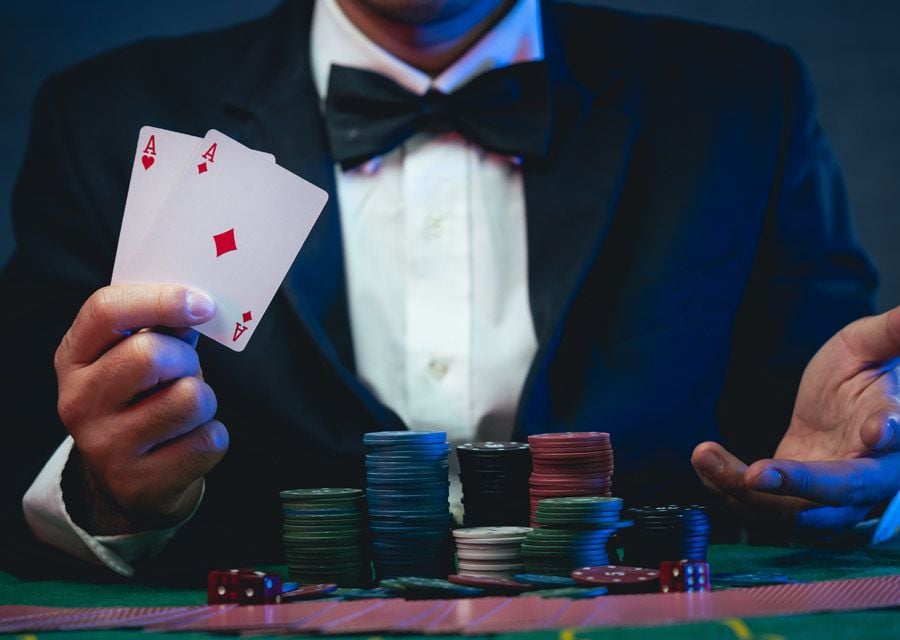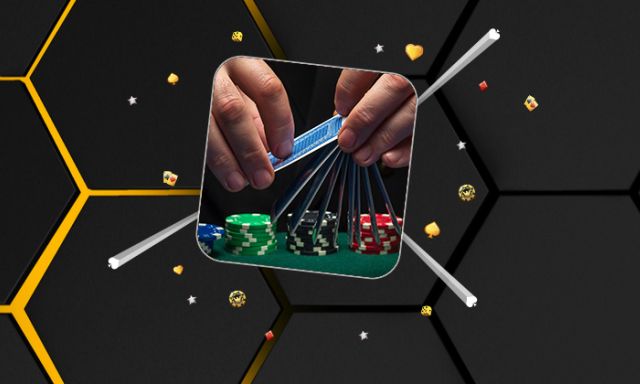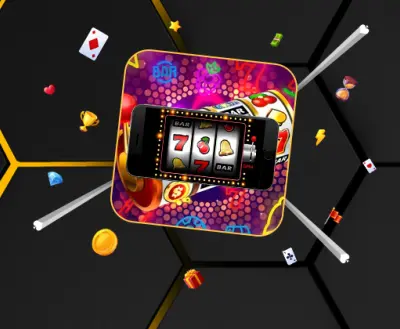Table of Contents:

Having a strong poker hand is not the only way to win while playing poker. Bluffing can be used to make other players fold, leading you to sweep the pot as a result. There are a variety of skills that players can learn to improve their bluffing skills, such as identifying tells and being unpredictable while at the table. In this article, we share 5 tips for bluffing effectively!
What is bluffing in Poker?
Bluffing in poker is an attempt to make another player, or group of players, fold a hand that is better than yours. This can be achieved by making a bet or raising the pot, representing a stronger hand than you currently have. Should the bluff attempt be successful, you will win the entirety of the current pot.
When does bluffing make sense in Poker?
It may go without saying, but the best time to bluff is when the other players have weak hands. Identifying the strength of your opponent's hand can be tough and is best learned through experience. As the rounds progress, you will likely pick up signs that a player has a weak hand, known as 'tells'. Some of these can include:
- Timing Tells - These are rather common and are perhaps one of the few tells that can be identified while playing online. According to statistics, if players take a long time to make a decision, they either have a strong hand or are attempting a bluff. Interestingly, players may also bet incredibly fast if they're trying to get a fold, with strong hands often taking a 'medium' amount of time in order to be played correctly.
- Body Language - While playing over the table, or with video enabled, body language can give away the strength of someone's hand. Lack of eye contact, frequent talking, and offering advice can all be signs that someone is attempting a bluff.
- Bet Sizing - Most players will have a specific betting range that they apply to strong hands. Should the bet sizing change dramatically, it could be a sign that the player is attempting a bluff. One good way to monitor this is to make a note of the typical betting range for most players at the table.
If you manage to find reliable signs that a player has a weak hand, the success rate of bluffs can be drastically increased.
How to bluff in Poker?

Now, there are a few tips for bluffing correctly. The first is to start early and be consistent, playing bluffs in a similar way to stronger hands. Should players start their bluff early, there's a chance to sweep up blinds and slowly build a bankroll.
Paying close attention while at the table is also important, regardless of whether you plan to bluff or not. This will allow you to learn the tendencies of other players, such as whether they're tight or loose when betting. Finally, being unpredictable at the table is another way of ensuring that bluffs are successful. This doesn't solely apply to bluffs, but your game as a whole.
Types of bluffs in Poker
In poker, there are four main types of bluffs that players can use while at the table. Here is a brief overview of each:
- Continuation bet bluff - This type of bluff revolves around the opponent not forming a strong hand with the community cards as they are dealt.
- Semi-bluff - A semi-bluff can be used if your hand is not currently good, but there's a high probability of your hand improving throughout the round.
- Zero equity bluff - This is the opposite of a semi-bluff, where there is almost no chance of a strong hand being formed with the community cards. In this instance, getting a fold from other players is the only way to win the pot.
- Opportunistic bluff - When other players appear to be uninterested in the current pot, it could present a unique opportunity to bluff. Should this lack of interest be caused by a weak hand, getting a fold out of the other player(s) has a higher chance of being successful.
What are the risks of bluffing in Poker?
Of course, there are also risks associated with bluffing. The greatest and most obvious potential downside is coming up against a strong hand. It's rare that a player will fold a good hand and will likely continue to bet for value, instead. This can result in losing the pot or even worse, going all in and being beaten.
Where to practice Poker bluffs?
Hopefully, the tips in this article have given you a good starting point when it comes to bluffing successfully. One of the best ways to practice this skill is by playing at a physical casino - in games that require low stakes, or at a no deposit online casino. Remember to remain unpredictable while at the table and understand that bluffing can be highly risky, especially if done too frequently.







